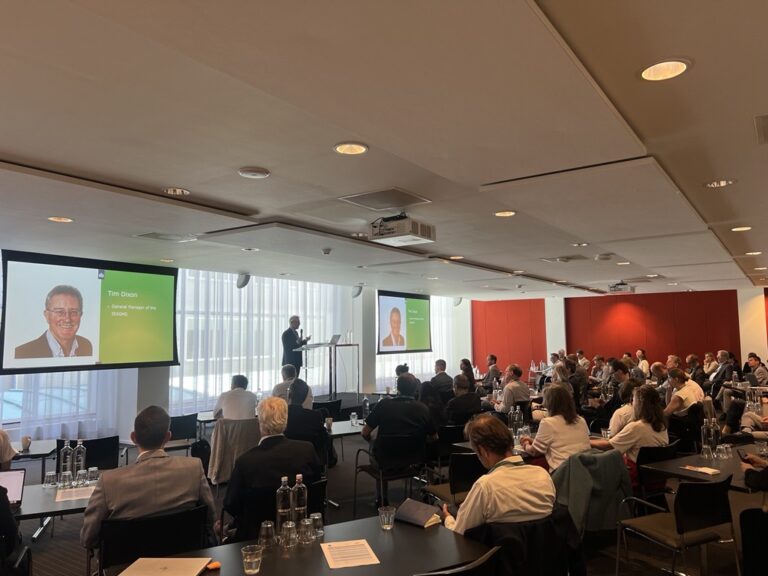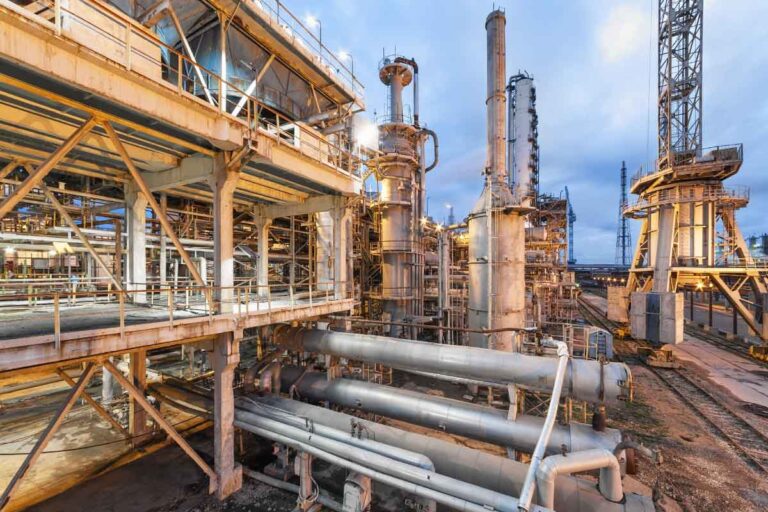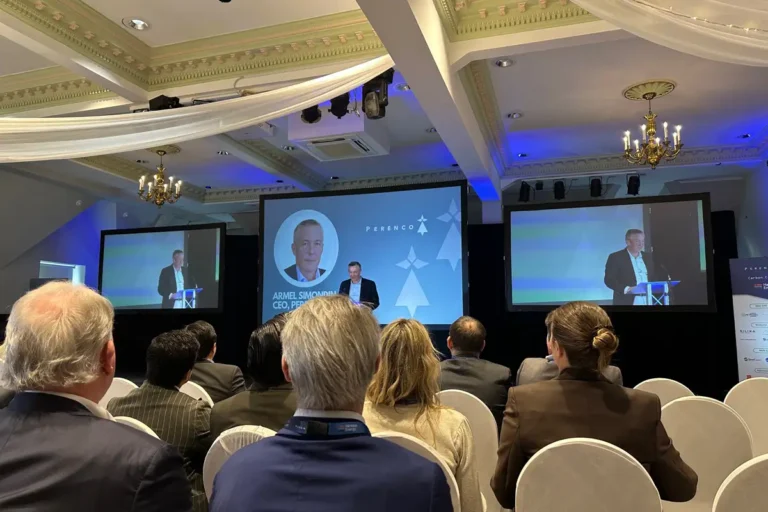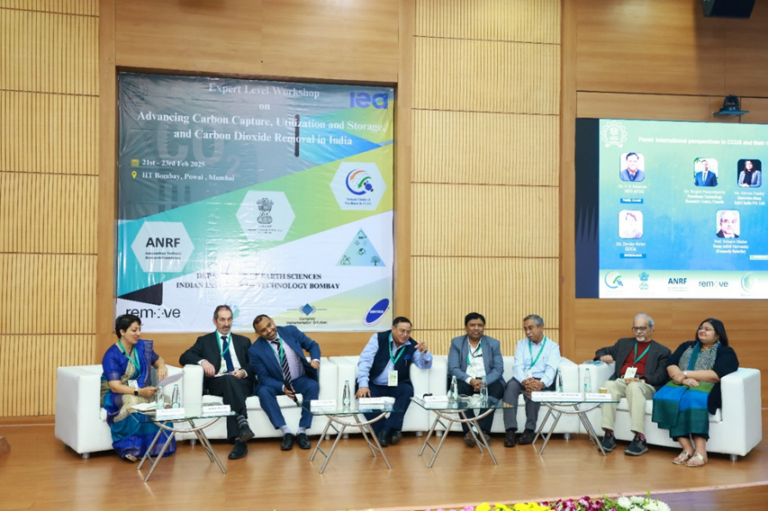
New IEAGHG report: 2020-06 CCS on Waste to Energy
20 January 2021

IEAGHG has explored in the past the implementation of carbon capture and storage (CCS) in the industrial and power sectors, and specific issues linked to the success of large CCS projects. However, the implementation of carbon capture and storage or utilisation (CCU) in WtE plants was not explored yet by IEAGHG.
IEAGHG identified the need to study the WtE sector to provide an overview of the potential of this sector to contribute to the reduction of CO2 emissions. The objective of this study was to understand some of the issues pertaining to this CCS/CCU opportunity and assess the potential of CCS/CCU in the WtE sector in different regions.
The analysis identified the absence of large economies of scale in WtE plants due to their small size. Consequently, the continuity of operation and revenue is crucial, and it will influence on the implementation of carbon capture systems. Key factors with a significant influence on the integration of the CO2 capture system with the WtE plant are: the location; the type of CO2 capture system; the feedstock; the incineration technology; and the installation scenario (retrofit or greenfield).
Amine-based chemical absorption is the preferred capture technology on current WtE plants, at both partial and full capture rates. The identified challenges were these from the CO2 capture itself, such as the required pre-treatment and energy integration, chemical handling, and integration with transport and storage or utilisation structures. Additionally, in WtE facilities, spatial integration and integration with a district heating scheme must be considered. Finally, ten regions (South Africa, USA, India, Japan, Germany, Italy, The Netherlands, UK, Norway, and Australia) were analysed under a proposed eight criteria. The results showed that the USA, The Netherlands, and Germany showed the highest relative market potential, while Japan, Norway, and UK also have relatively good capability. India presented the lowest relative potential due to the lack of environmental policies related to CO2 capture in WtE facilities.
This study covers a new area and aims to serve as a guidance for considering the potential of CCU/CCS in the WtE sector. IEAGHG will continue monitoring this sector in the coming years.
Download the ReportOther articles you might be interested in
Get the latest CCS news and insights
Get essential news and updates from the CCS sector and the IEAGHG by email.
Can’t find what you are looking for?
Whatever you would like to know, our dedicated team of experts is here to help you. Just drop us an email and we will get back to you as soon as we can.
Contact Us NowOther articles you might be interested in
Get the latest CCS news and insights
Get essential news and updates from the CCS sector and the IEAGHG by email.
Can't find what you are looking for?
Whatever you would like to know, our dedicated team of experts is here to help you. Just drop us an email and we will get back to you as soon as we can.
Contact Us Now









